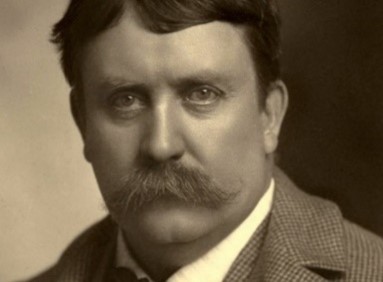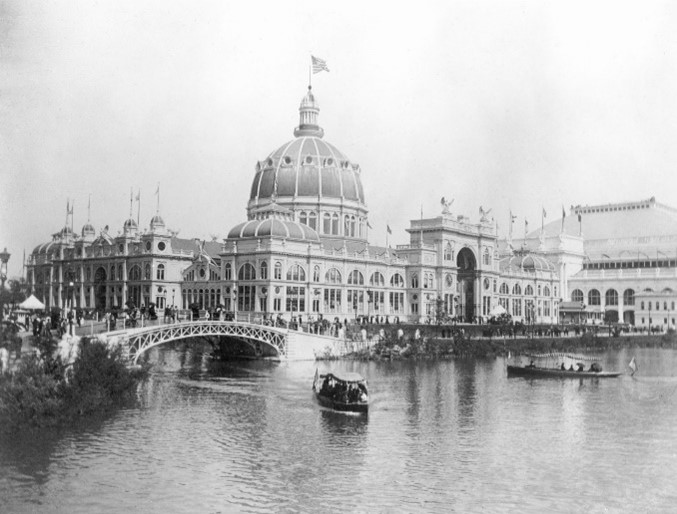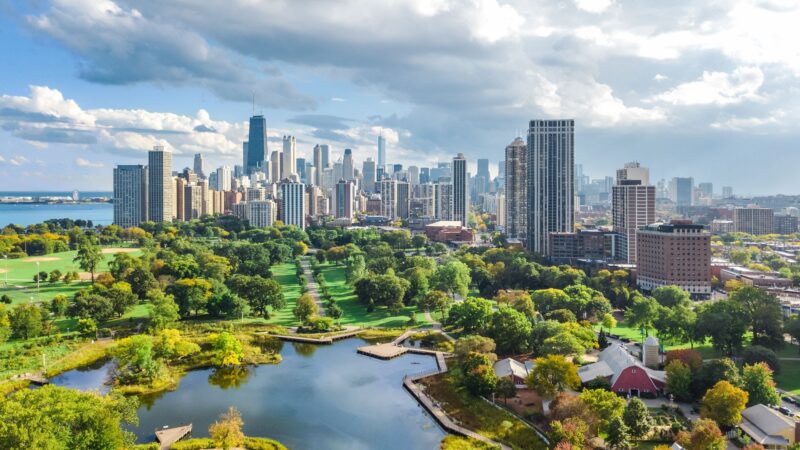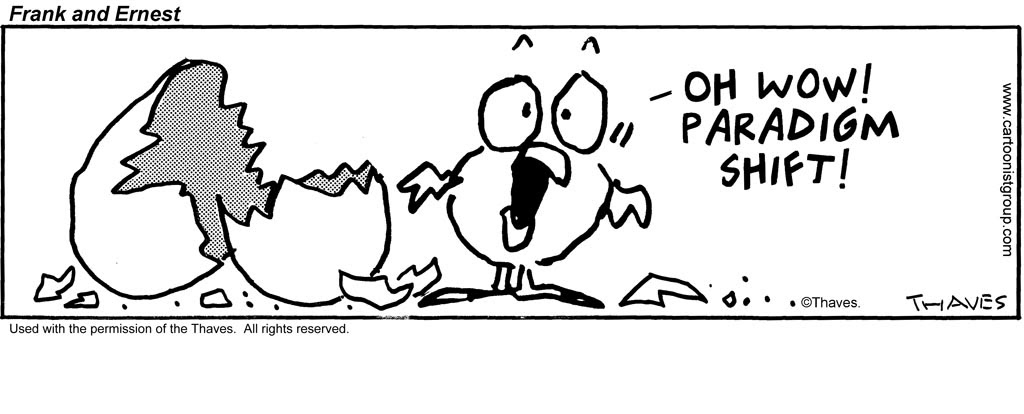We have written about the transformation of Singapore from a poor, densely populated city-state to one of the most beautiful, prosperous cities in the world in half a century. It is truly a city in a garden. The story of Chicago, Illinois has some parallels.
The Great Chicago Fire raged from October 8–10, 1871 and destroyed much of its commercial and residential sections. The blaze killed approximately 300 people, left more than 100,000 homeless, and destroyed approximately 3.3 square miles, including 17,500 buildings. Today’s Chicago is a literal phoenix, raised from the ashes to become a city in a garden.
A city in a garden
When Chicago was incorporated in 1837, its fathers adopted the slogan, Urbs in Horto, Latin for “City in a Garden.” The vision may have been inspired by Revelation 22:1-3 which depicts the ultimate garden city, the New Jerusalem.
Then the angel showed me the river of the water of life, bright as crystal, flowing from the throne of God and of the Lamb through the middle of the street of the city; also, on either side of the river, the tree of life with its twelve kinds of fruit, yielding its fruit each month. The leaves of the tree were for the healing of the nations.
In the decades that followed the Great Fire, the people of Chicago slowly rebuilt. One milestone was the World’s Columbian Exposition of 1893. Architect Daniel H. Burnham was contracted to design and build a temporary city to house guests from around the world and inspire a new Chicago to shelter its people from poverty and crime.
Burnham ’s work on the World’s Columbian Exhibit was so well received he was asked to develop a plan for the entire metro that would combine the beauty of the lakefront and natural surroundings with the vibrancy of a cosmopolitan urban environment.
The Burnham Plan (AKA The Plan of Chicago) was completed in 1909. It captured the promise of a “City in a Garden.” As a result, Burnham, famous for saying, “Make no little plans, they have no magic to stir men’s blood,” became known as the father of the City Beautiful Movement. The Plan of Chicago stirred the hearts of men and charted a path for the development of the city.
City Beautiful Movement
The City Beautiful movement surrounds residential, commercial and industrial zones with greenbelts.
 The Plan of Chicago, based on the principles of the City Beautiful movement, envisioned a city as beautiful, not simply functional. It should provide a beautiful and healthy environment for people to live, families to form, and creative people to work. It should comprise a splendid gathering place to stimulate a cultural renaissance of music, museums, sports, culinary delights, and the bustle of business and commerce, integrating natural greenbelts, parks, residencies, and commercial districts.
The Plan of Chicago, based on the principles of the City Beautiful movement, envisioned a city as beautiful, not simply functional. It should provide a beautiful and healthy environment for people to live, families to form, and creative people to work. It should comprise a splendid gathering place to stimulate a cultural renaissance of music, museums, sports, culinary delights, and the bustle of business and commerce, integrating natural greenbelts, parks, residencies, and commercial districts.
The plan integrated six principal elements to produce a vibrant city displaying the beauty of creation:
- Improvement of the lakefront
- A regional highway system
- Improvement of railway terminals
- New outer parks
- Systematic arrangement of streets
- Civic and cultural centers
The intent was to coordinate beautiful green spaces with vibrant architecture to accommodate creativity in the arts, entrepreneurship of visionary business leaders, and communication and cross-pollination of people, innovation and commerce to allow for the cultivation of the soil and the soul.
God is a city builder!
When I was lecturing in Japan a number of years ago, a young woman came up to thank me for the lecture. She said she had never heard anyone teach about calling and vocation. While she was at her university, studying to be a city planner, she came across a scripture that spoke of God building a city. Likely she was reading in Hebrews 11. Abraham left all that was familiar to follow the voice of God into the desert, “For he was looking forward to the city that has foundations, whose designer and builder is God,” Hebrew 11:10.
This young woman reasoned that if God was building a city, He must be interested in cities. During her four years in university, she studied the Bible to see what it had to say about cities and kept a notebook of her findings. She had the scriptures in one hand and her text books in the other. She was able to integrate biblical principles of beautiful, healthy cities with what she was learning from her professors and text books.
The Bible equips us for our vocation
This is a wonderful example of a Christian studying the Bible to see what it has to say about one’s vocation. For more on this concept visit LifeWork: Developing a Biblical Theology of Vocation.
How can we begin to think of living in a beautiful city and or a beautiful environment? Thinking of the coming of the City of God, the New Jerusalem, or as we think of the motto: Urbs in Horto, City in a Garden, how can we contribute to bringing beauty into the home, community and market place where we live?
- Darrow Miller






